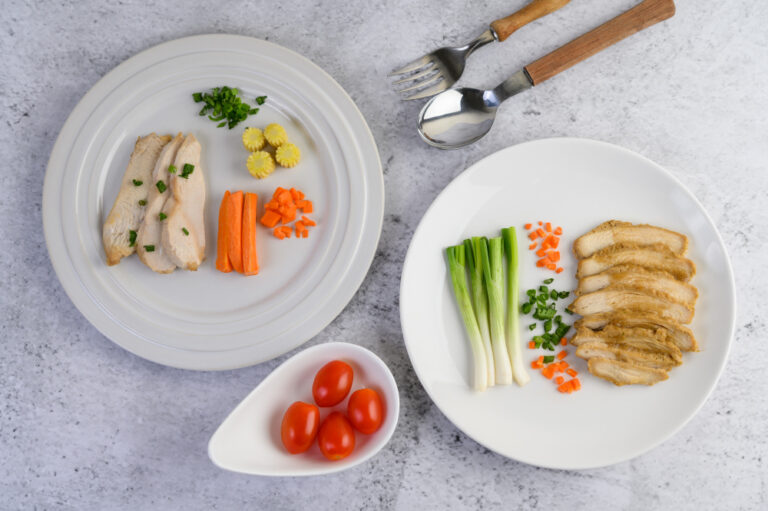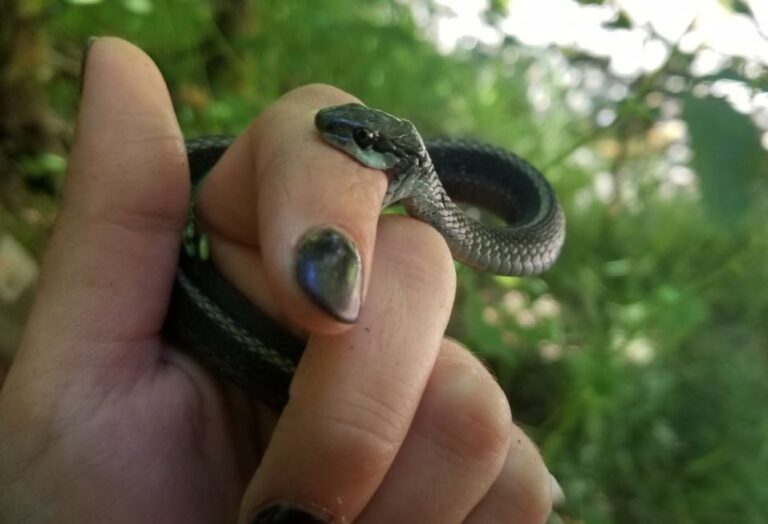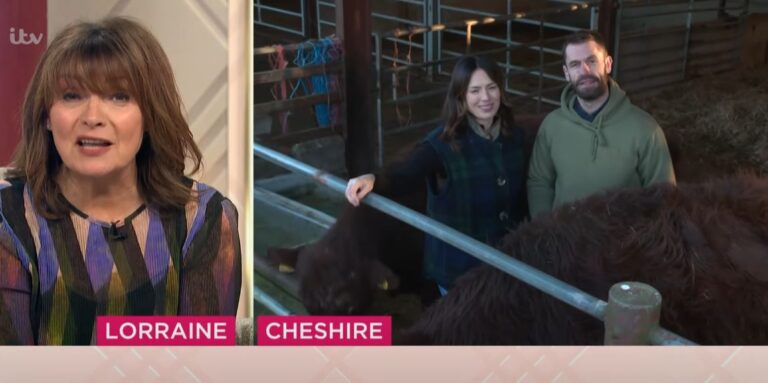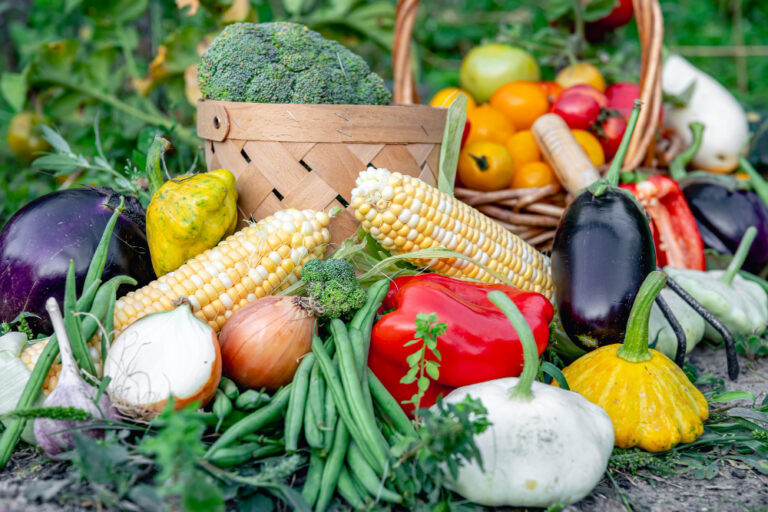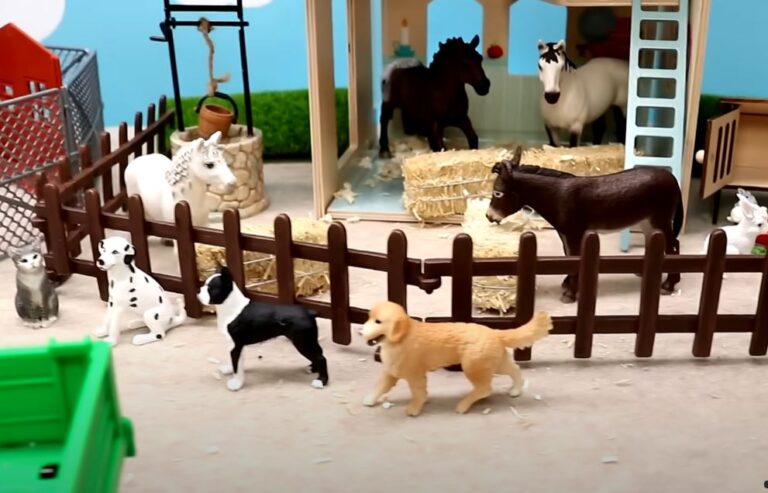Why Cute Farm Animals Are Teaching Us?

Cute farm animals have a unique ability to capture hearts and stir emotions in even the busiest of urban dwellers. Even the busiest of city people can find great emotional resonance in the unusual ability of cute farm animals. From the cheeky antics of baby goats to the soft, soulful eyes of lambs, these animals not only make our day but also provide a deeper, shockingly vital link to nature. Their obvious appeal transcends mere surface level. These cute creatures with unique personalities and faces are quite important in our lives since they teach us sustainability, care, and responsibility.
Beyond their obvious appeal, cute farm animals have magic. It’s in their way of life, interactions with people, and the help of the ecosystems they live in. From a piglet rolling around in the mud to a calf learning how to walk on wobbly legs, these creatures bring delight in unanticipated ways. But their importance goes much beyond entertainment; these species are essential for a sustainable future since they represent the harmony between nature and industry.
Why Cute Farm Animals Go Beyond Their Beauty
Particularly their younger counterparts, farm animals have a way of captivating us with their naive eyes and playful movements. It’s quite similar to how we interact with animals; they provide a deep-resonant unspoken comfort. Offering us a brief respite from our hectic lives, a baby goat hopping about or a lamb softly nudging its mother can inspire peace and happiness.
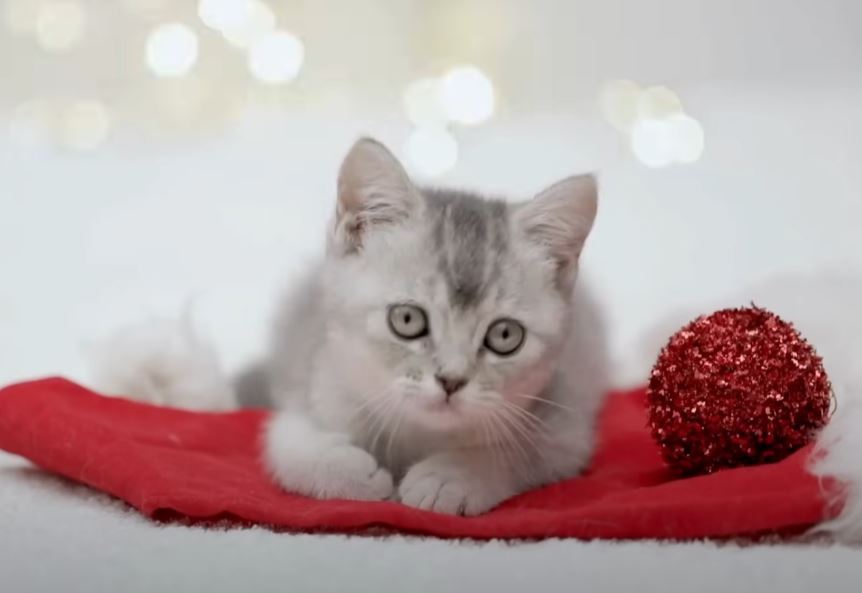
Amazingly flexible, farm animals—especially those kept for dairy, meat, or wool—help greatly enhance farming systems. Still, their appeal sometimes eclipses their vital contributions to sustainability. Consider the tiny pig—unquestionably beautiful with their wrinkled snouts and curious eyes, but pigs are also quite intelligent and significantly help to control waste and manage soil. They help farmers improve the ground by quite successfully converting trash into compost.
Table: The Most Cuddly and Useful Farm Animals
| Animal | Key Traits | Role on the Farm | Fun Fact |
|---|---|---|---|
| Baby Goat (Kid) | Playful, curious, energetic | Grazing, weed control, and dairy production | Baby goats love to jump and play—often seen hopping like little springboards! |
| Lamb | Soft wool, gentle nature, sweet face | Wool production, grazing, and meat | Lambs are born with a woolly coat that keeps them warm in the coldest weather. |
| Piglet | Adorable, curious, loves mud | Waste reduction, meat production, and farming companions | Pigs are social animals and can form strong bonds with other farm animals. |
| Calf | Large, gentle eyes, quick learners | Dairy production, beef production | Calves can bond deeply with humans and are known for their affectionate nature. |
| Foal | Shiny coats, long legs, and adorable faces | Work animals, riding, and companionship | Foals grow rapidly, and within weeks, they are running alongside their mothers. |
| Duckling | Fluffy, waddling, cute as a button | Egg production, pest control, and sometimes for meat | Ducklings grow into resilient adult ducks, often providing natural pest control. |
Knowing the value of these animals helps us to see that their beauty goes beyond mere surface appeal. On a farm, baby goats—for example—are not only beautiful but also indispensable workers because of their fast learning and adaptation. Similarly, pigs are quite efficient in lowering food waste, which helps the farm run in both sensible and sustainable terms, even if they are usually seen rolling in mud or playing about.
Teaching Empathy and Responsibility Using Cute Farm Animals
Apart from their pure delight, adorable farm animals surprisingly are quite important for education. There has been a clear increase in educational initiatives allowing kids to personally interact with farm animals recently. These initiatives give young brains a chance to learn about the natural world in a way that books and screens cannot duplicate.
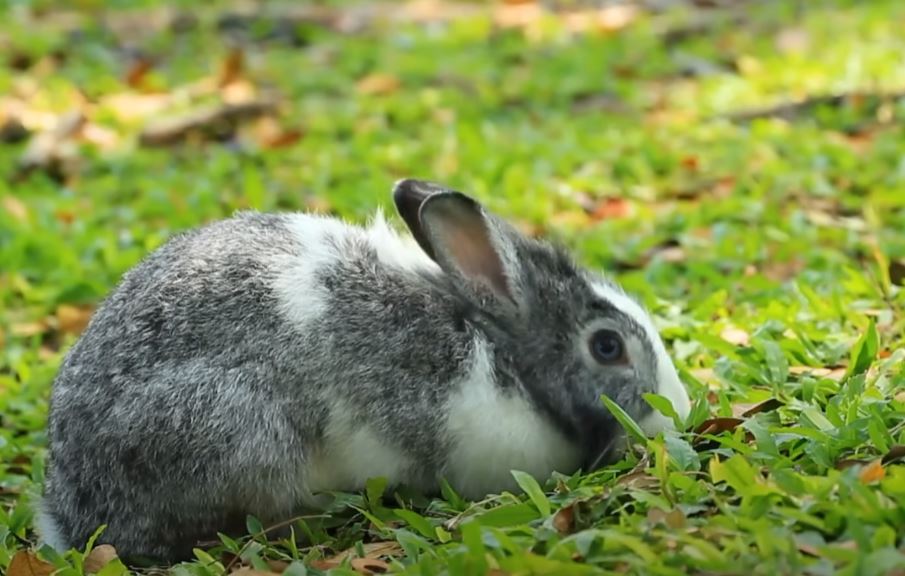
Spending time with animals like lambs, piglets, and calves helps young children learn empathy and responsibility. Children learn that animals have particular needs and demand attention by means of practical experiences, so fostering a feeling of care and nurturing. Moreover, by caring for these animals, children start to grasp the cycles of life on a farm—from the birth of baby goats to the milking of cows—offering them a closer relationship to the food they eat and the environment that sustains them.
Petting zoos and farm sanctuaries have long understood the worth of these interactions. They teach kids about sustainable farming methods and the careful balance between people, animals, and the environment in addition to providing a venue where they may interact with animals. These encounters serve as a reminder of the need to interact with the natural surroundings in an increasingly digital environment, particularly in an era when the need has never been more critical.
How Social Media Addresses Cute Farm Animal Appeal
Cute farm animals have found even more popularity in the age of social media. Videos of baby goats jumping, pigs playing in the mud, and baby ducks waggling behind their mothers abound on Instagram and TikTok, sites well-known for publishing the cutest moments. Posting beautiful pictures and videos of these farm animals has attracted millions of followers for accounts like @cutest.farm, bringing happiness and increasing awareness of animal care.
The difference between urban life and rural farm experiences has been much lessened by this increase in popularity on social media. Although many city people might never set foot on a farm, they can now enjoy the happiness and friendliness that results from watching farm animals through their screens. In addition to making farm life more approachable, this phenomenon has increased awareness of the effort involved in sustainable farming and the part these animals play in maintaining the equilibrium of the ecosystem.
Apart from offering entertainment value, these platforms also emphasize the need of animal welfare, so motivating more people to think about environmentally friendly living choices or even to visit nearby farms. Particularly among younger generations who are more and more worried with environmental issues and animal rights, this digital exposure has spurred a fresh interest in farming and animal care.
A Viewpoint on the Future: Increasing Value of Cute Farm Animals
Looking ahead, adorable farm animals will probably keep becoming more and more significant culturally. More people are realizing the important part farm animals play in promoting ethical, environmentally friendly, and sustainable farming methods as sustainability takes front stage in the worldwide dialogue. Especially, there is a trend toward using mini and heritage breeds of farm animals, which are not only quite beautiful but also usually better fit for small-scale, sustainable farming practices.
As more people adopt sustainable farming practices in the coming years, the presence of farm animals in metropolitan areas might grow. While adorable farm animals still offer an emotional and educational link between people and the natural world, urban farms, animal sanctuaries, and petting zoos will be quite important in educating the public.
These creatures ultimately remind us that responsibility, pleasure, and beauty are not separate; they can coexist. Celebrating the beauty of farm animals helps us to understand their indispensable part in building a better, more sustainable future for people as well as for other species.
See Reader’s Digest’s Collection of Adorable Farm Animals for more details on the delight and significance of charming farm animals.

